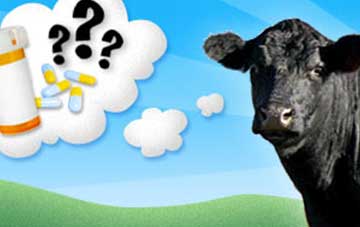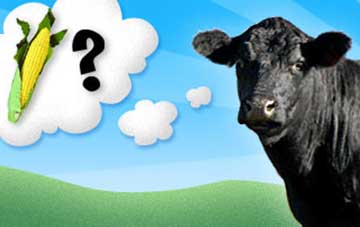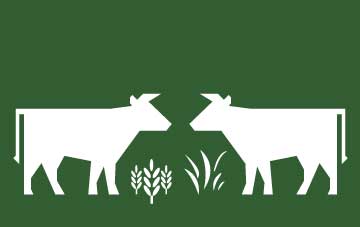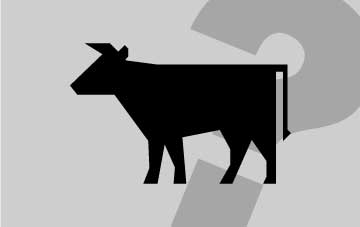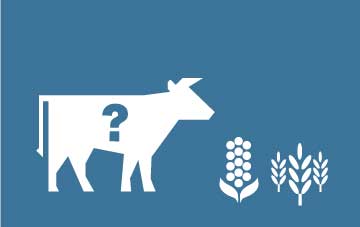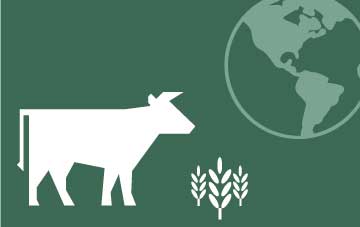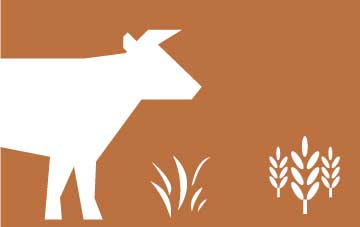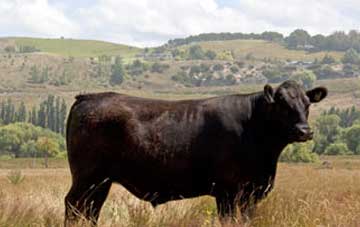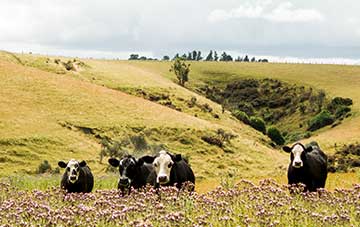Hormones are used to boost “feed efficiency” and milk production in cows. Perhaps the most familiar to consumers is the hormone rBST (aka recombinant bovine… Read more »
The grain fed to feed-lot cattle is generally corn, which is a crop heavily subsidized by the US government and thus artificially extremely cheap. It… Read more »
There are two primary avenues in which raising cattle leads to greenhouse gas emissions: 1. The cattle themselves release methane into the atmosphere 2. Producing… Read more »
“Black Angus” is a cattle breed. There are several different breeds of cattle raised around the world. Some make better dairy cows, others make better… Read more »
In the drive to keep their costs down and maintain profits, many American grain-fed cattle & dairy farmers turn to a cheaper solution – replacing… Read more »
Separate from the subject of greenhouse gas emissions, which we’ve covered in depth here, there are other environmental costs that can be associated with the… Read more »
Grass-fed beef once had a reputation for being tough or stringy – a belief that is not necessarily accurate today (and certainly does not apply… Read more »
The two primary reasons for the New Zealand beef’s quality are: 1. The genetics of the cattle – Silver Fern Grass-Fed Beef is certified Black… Read more »
While you would think “grass-fed” means the same thing everywhere, legally the exact wording of the government’s definition is important because it defines whether you… Read more »
